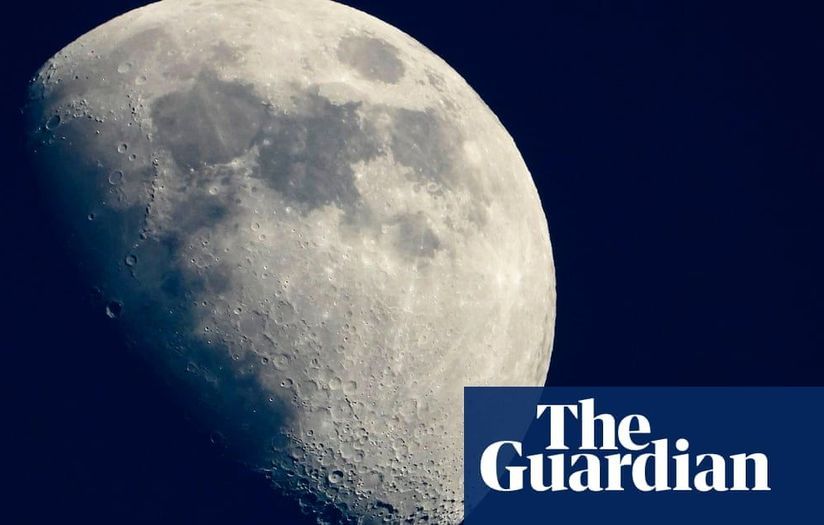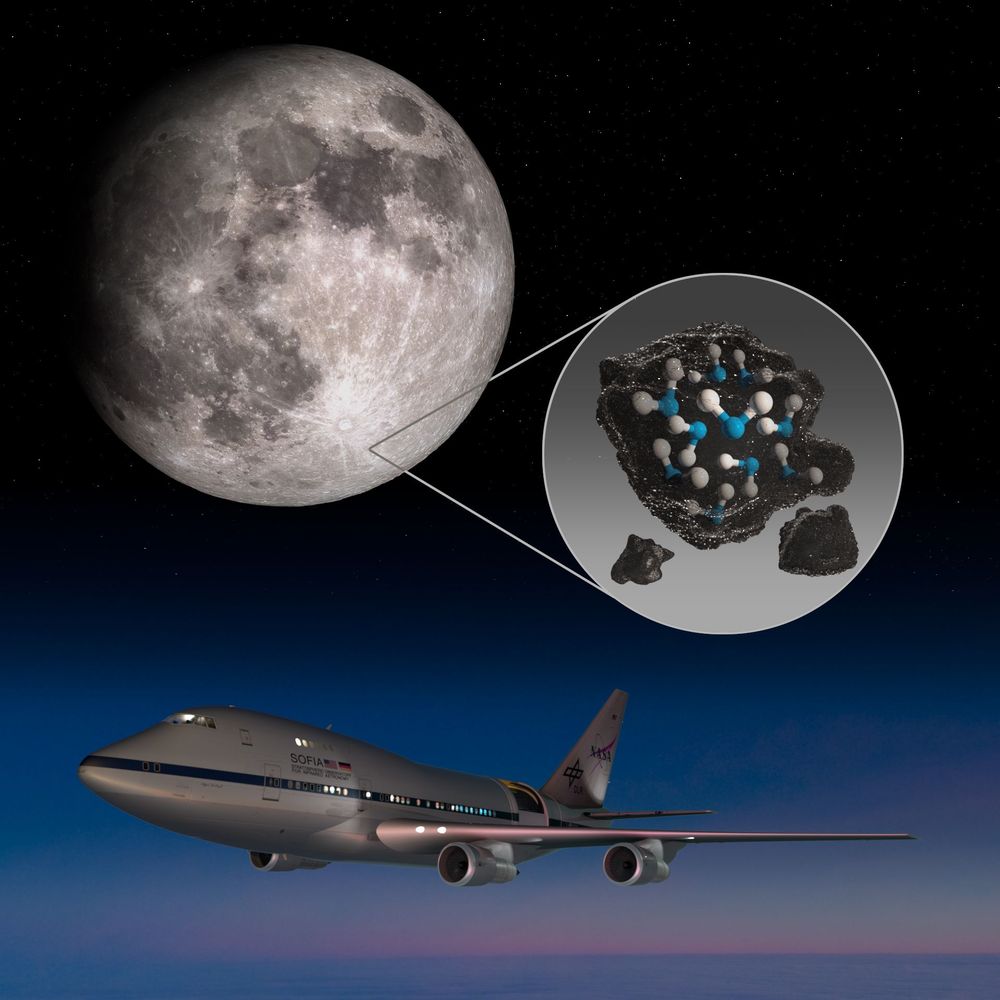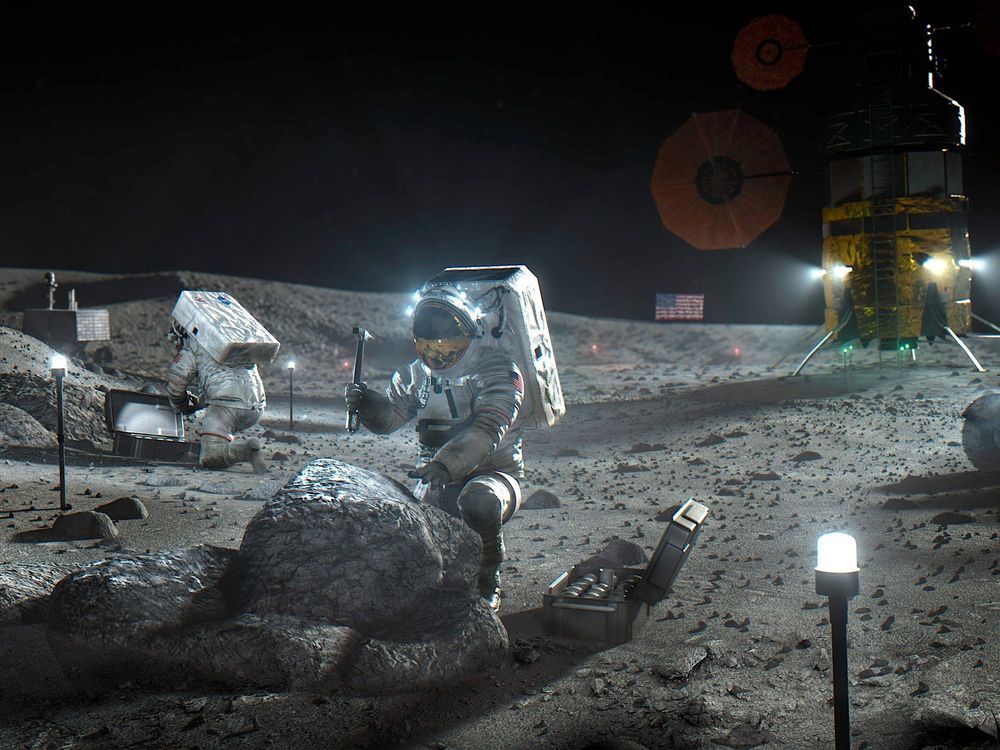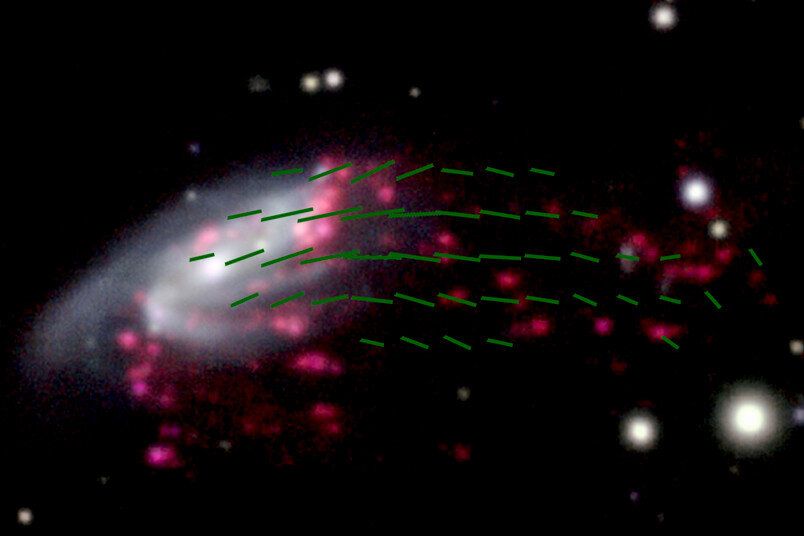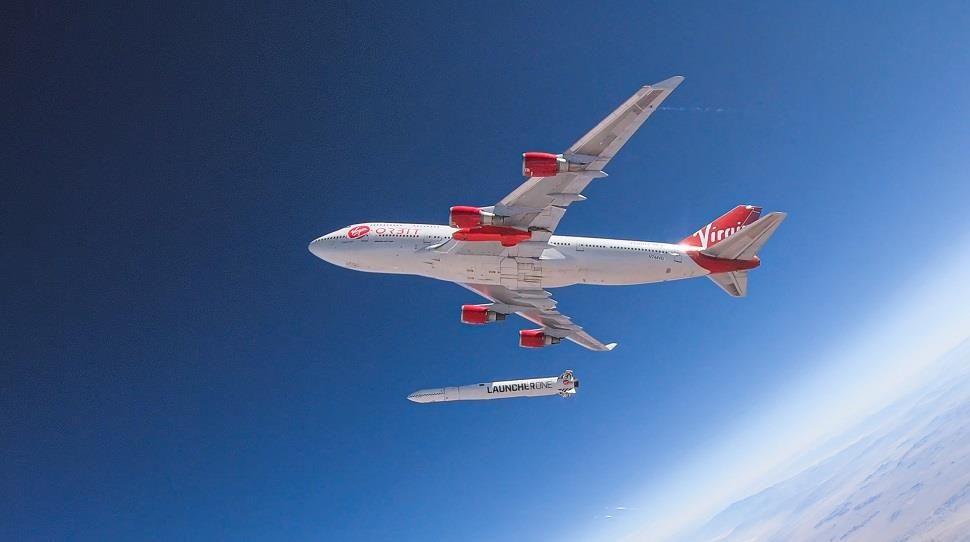Now, Casey Honniball at NASA’s ASA Goddard Space Flight Center in Maryland, US, and colleagues have detected a chemical signature that is unambiguously H2O, by measuring the wavelengths of sunlight reflecting off the moon’s surface. The data was gathered by the Stratospheric Observatory for Infrared Astronomy (Sofia), a modified Boeing 747 carrying a 2.7-metre reflecting telescope.
The water was discovered at high latitudes towards the moon’s south pole in abundances of about 100 to 400 parts per million H2O. “That is quite a lot,” said Mahesh Anand, professor of planetary science and exploration at the Open University in Milton Keynes. “It is about as much as is dissolved in the lava flowing out of the Earth’s mid-ocean ridges, which could be harvested to make liquid water under the right temperature and pressure conditions.”
The existence of water has implications for future lunar missions, because it could be treated and used for drinking; separated into hydrogen and oxygen for use as a rocket propellant; and the oxygen could be used for breathing. “Water is a very expensive commodity in space,” said Anand.
